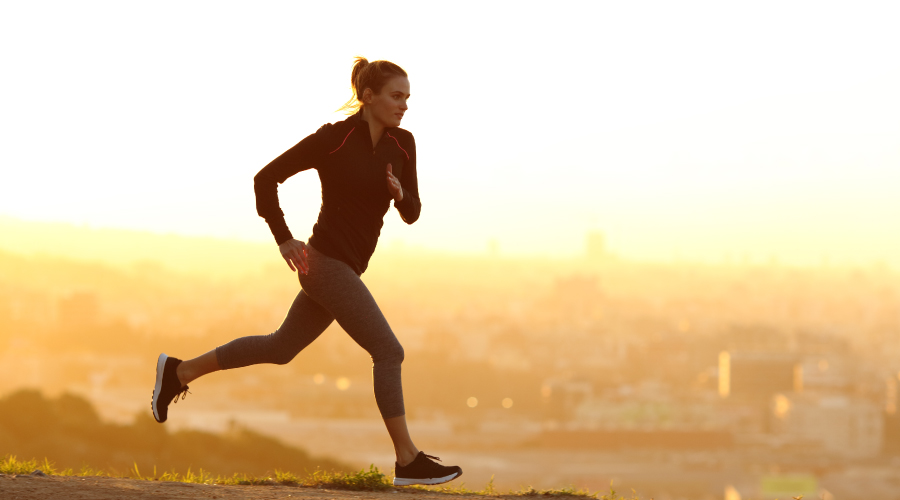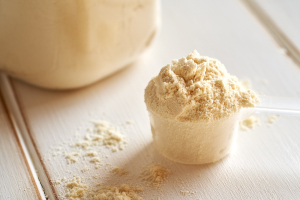

Running is a way of keeping fit, elevating your mood and connecting with nature. Compared to fast running, which is all about arduous exercising and competing, there is much more to gain from a casual walk. Whether you are an experienced runner or just a newbie on the fitness journey, this blog is for you to show the excellent benefits of fast and slow walking.
Slow Walking Benefits
A research of 2,000 middle-aged individuals proved that even low-intensity exercise, like a slow walk, increases VO2 max (the amount of oxygen the body uses) compared to doing nothing. The more remarkable changes happen when you increase the pace of your slow walk; this raises your heart and breathing rates.
The benefits of slow walk are:
- Burn More Calories per Mile – Walking at a slow pace of 2 mph is said to burn more calories per mile than walking at a moderate pace of 3 to 4 mph.
- Efficient for Obese Individuals – Obese individuals burn more calories per mile as they have extra weight to carry, and it is less stressful for their knees.
- Lower Joint Stress – Strolling takes up to 25% off the load from knee joints. These will reduce the risk of joint injury and arthritis, especially in obese and elderly people.
- Increased Calorie Burning with Fitness Poles: Fitness poles, also known as Nordic walking, can further enhance the calories burned per mile while decreasing the impact on joints.
Fast Running Benefits
Generally, running is always more efficient than walking due to its high intensity. Unlike walking, running consists of bounds; these require more force, energy, and power. When you are a beginner, even a slow jog can increase the effort massively. Hence, it makes the activity vigorous. In this stage, the breathing is very rapid. Health guidelines recommend 150 to 300 minutes of moderate-intensity aerobic activity, such as brisk walking, or half as much for vigorous activity. Yet research now suggests that running may be even more effective at extending life than walking. It may be a better form of exercise for healthy, sedentary individuals. Running can bring equal or even higher mortality benefits in as little as five to ten minutes. This contrasts with 15-20 minutes of moderate-intensity exercise, which many consider too long.
Some of the benefits of running fast are:
- Strengthens Musculoskeletal System – Running strengthens the lower body’s muscles, tendons, ligaments, and bones, enhancing resilience and increasing bone density.
- Boosts Heart Health – Tiny doses of running produce significant cardiovascular benefits, making the heart muscle more efficient and generally contributing to improved heart health.
- Lowers Risk of Chronic Diseases – Regular running keeps the blood pressure low and may reduce the risk of diabetes, respiratory diseases, and specific cancers.
- Lifts Your Mood – Running relieves stress, reduces anxiety, and can help manage depression. The mental health benefits go hand-in-hand with those related to physical health.
Running Tips: How to Run Faster and Longer?
All runners have encountered the scenario: You set off at a manageable pace, but it’s a struggle to maintain after a mile or two. Master maintaining a steady pace throughout your run will significantly alleviate this problem, making you a better runner. Following are some tips to follow if you wonder how to run fast:
Find Your Baseline Speed
Your baseline speed is how fast, on average, you run per mile or kilometre. To find your baseline speed, run a certain distance, such as 5 miles, tracking how long it takes to complete each mile. Then, find the average of those times. Over time, slowly work this up.
Embrace Music
The right music helps maintain the tempo at which you run. Choose hip-hop, dance, and electronic music since these genres mainly possess an on-the-go rhythm. Scientists report that listening to music could improve performance, make a person run faster, and feel less exhausted.
Include Speed Work
Add some speed work to your training to run faster and farther. Add some tempo runs at a “comfortably hard” pace for 15-20 minutes and mile repeats slightly quicker than the race pace. These will help your body get used to sustaining higher speeds.
Running Club
Joining a running club will help maintain an even pace. Running in a running club urges you to run with the group, thus reducing uneven pacing. The companion pace will stabilise the speed at which you run.
Now the question comes how to run faster without getting tired, well the answer to this question is how you catch the pace of running. You can gradually increase the duration and intensity of your running to steer away from fatigue and overexertion. Moreover, you can begin your run with a warm up, focus on your endurance, swing your arms, check your posture and relax your breathing.
Slow Walking Vs Fast Running – Which is Better For You?
Consider two factors when measuring the health benefits of walking or running. First, find out how the activity improves your fitness, particularly the efficiency of your heart and lungs. Then ask, does the activity help you live longer? The table below compares these two activities and will guide you in selecting your best activity:
| Factor | Slow Walking | Fast Running |
| Caloric Burn | 200-300 calories/hour | 600-900 calories/hour |
| Rate | 50-65% of maximum | 70-90% of maximum |
| Risk of Injury | Low risk | Higher risk of strains and injuries |
| Equipment Needed | Basic footwear | Specialised running shoes |
| Mental Health Benefit | Mild stress relief | High-stress relief and endorphin boost |
| Accessibility | Easy, can be done anywhere | Requires space and proper terrain |
| Suitability for Weight Loss | Effective with consistent practice | Very effective in short periods |
Conclusion
Both slow walking and fast running offer their share of health benefits relative to people leading a sedentary lifestyle. Physical activity will enhance cardiovascular health and strengthen the musculoskeletal system regardless of exercise. When choosing the best exercise for you, it is best to consider your age, physical mobility, lifestyle, and fitness goals. Keep your body moving to keep the blood flowing for a healthy, fit life.




